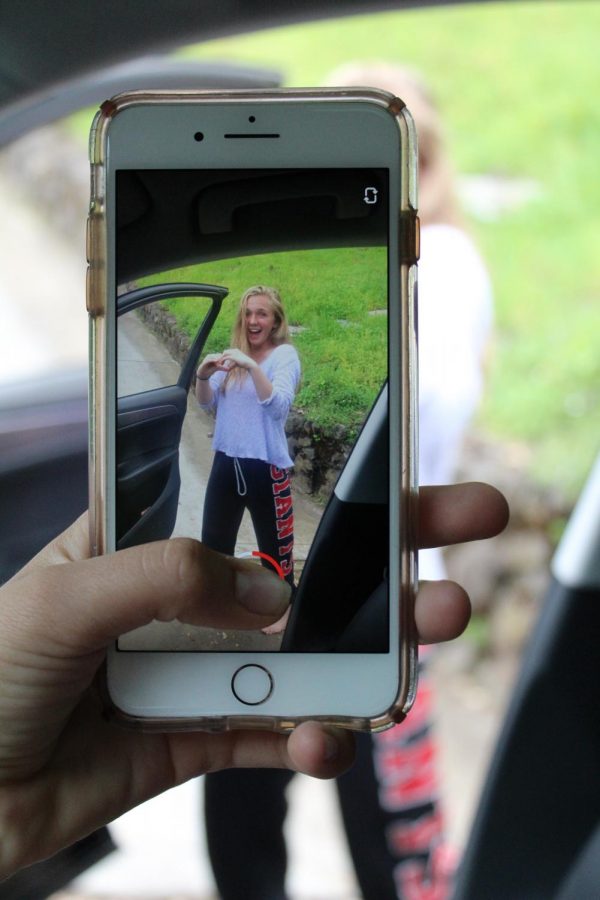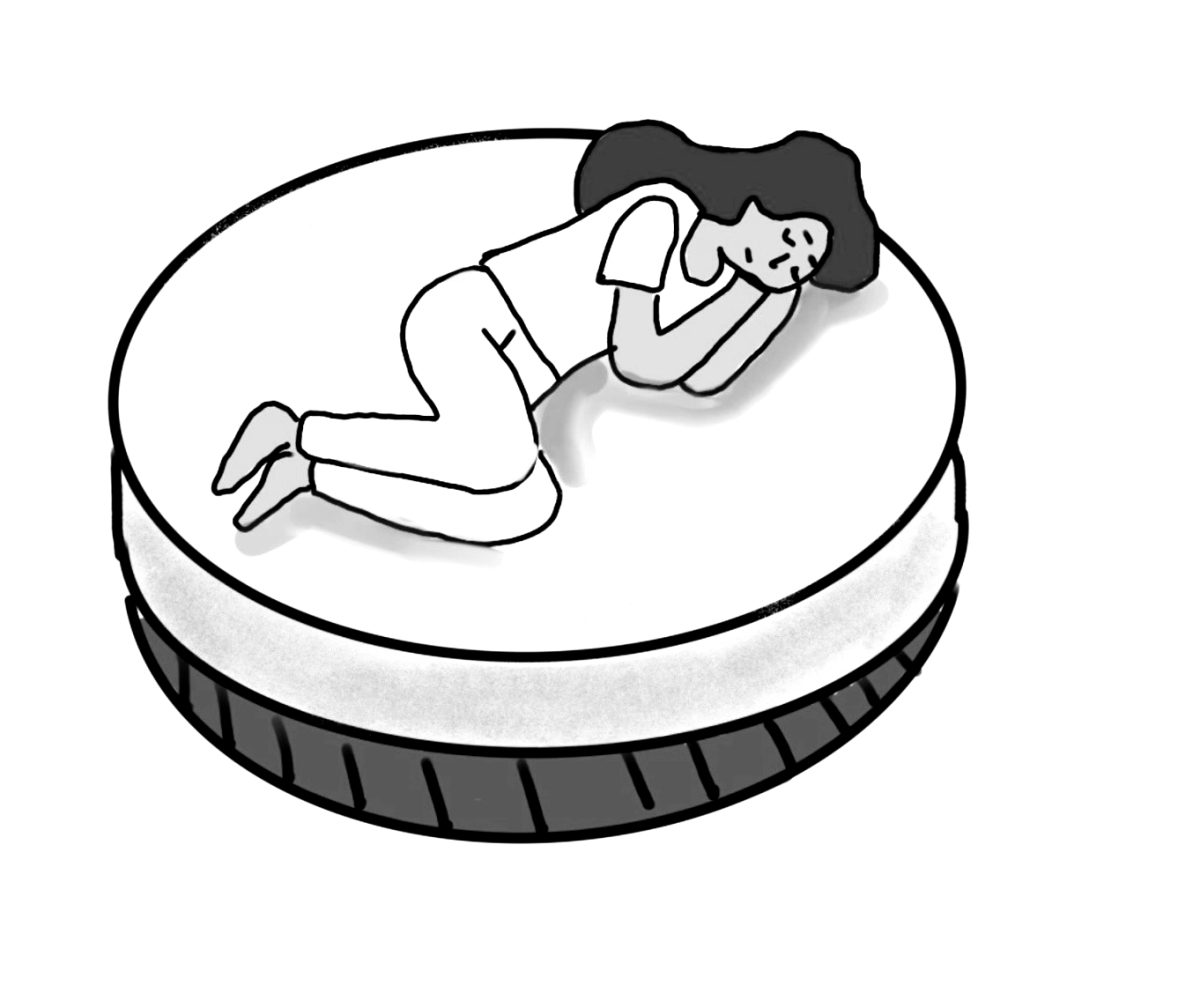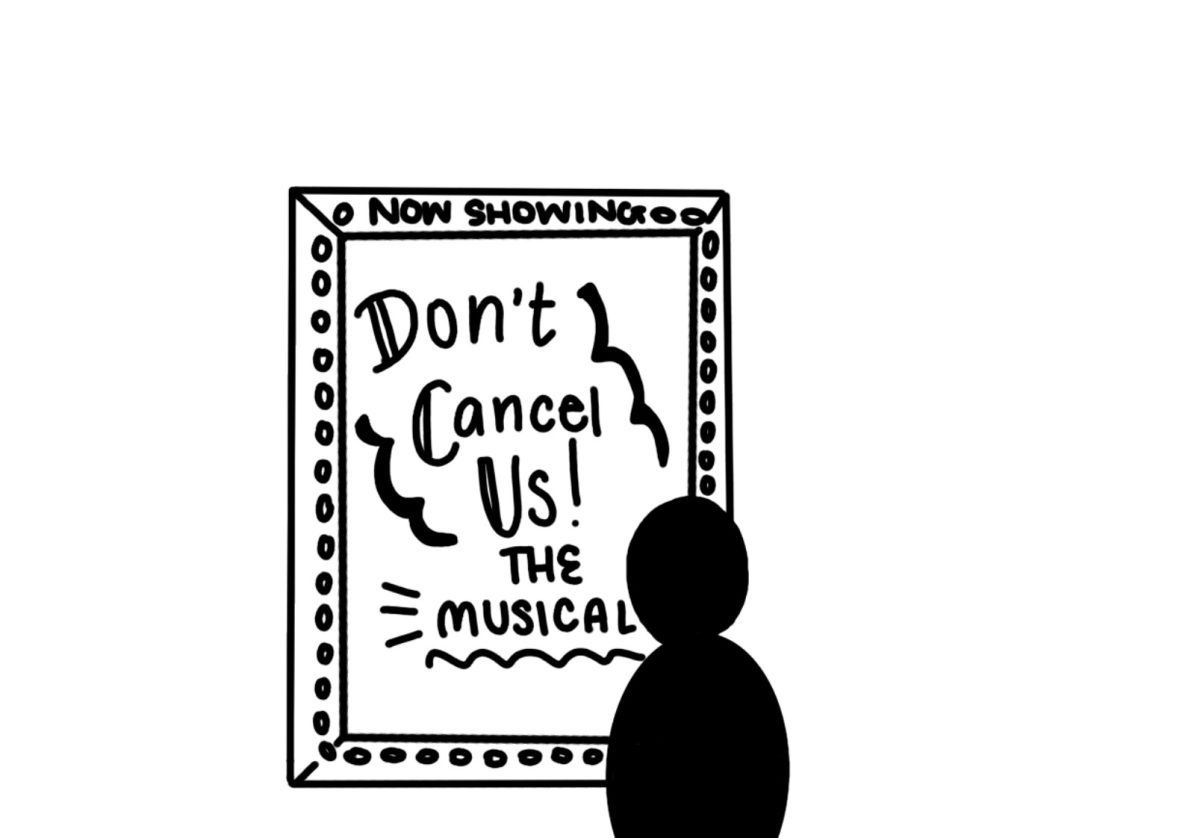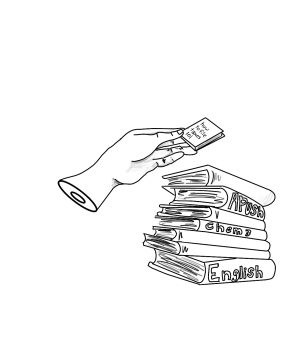Kiki, do you understand the influence of social media challenges?
Students participate in a choreographed dance to Drake’s hit song, “In My Feelings,” alongside a moving car for the popular challenge.
May 5, 2019
“I didn’t really realize at the time how long I was actually unconscious,” sophomore Becca Falk said, reflecting on a video where she attempted the popular social media Pass-Out challenge, where a person attempts to faint by hyperventilating into their closed fist.
Other potentially dangerous viral dares include the Momo challenge, which consists of committing acts of self-harm, swallowing cinnamon without liquids and dancing outside of a moving vehicle in the “In My Feelings” challenge. Although videos of people jumping out of cars and dancing to popular songs may earn likes and views on various sites, the phenomenon of social media challenges pose a danger to teens worldwide.
However, in certain cases, social media challenges raise awareness for important causes, such as the Amyotrophic Lateral Sclerosis (ALS) Ice Bucket challenge, which encourages people of all ages to pour a bucket of ice water over themselves or make a charitable donation to ALS foundations. The challenge skyrocketed through mainstream culture as each person nominated another three people to participate. According to the ALS Association, over 17 million people participated in the challenge. While this challenge may not have posed a direct threat to one’s health, other dares, including the Pass-Out challenge, have had serious health consequences.
Falk has experienced the consequences of attempting social media challenges firsthand, especially after her attempt of Pass-Out challenge in eighth grade. “At first I saw one of my friends doing it, and then they showed me some videos of it online. I thought it was weird, but I wanted to try it,” Falk said.
Unaware of the danger she was putting herself in, Falk decided to try the dare alone on her bed. Fainting almost immediately, Falk nearly hit her head on the headboard and fell unconscious for almost 45 seconds. Rewatching the video of herself inducing fainting that she sent to a group chat of friends, she became aware of the possible consequences.
“You don’t really know which way you were going to fall. If I had fallen off the bed, or into my wall, I could’ve really hurt myself,” Falk said.

Watching their peers, teens partake in viral challenges on social media platforms, such as Instagram or Snapchat.
The Pass-Out challenge was not the only dangerous viral challenge; recently, one based off of a Japanese urban legend has surfaced. The Momo challenge has spread around Facebook and Instagram. Momo is a birdlike female demon with bulging eyes and an inverted nose. The challenge coerces children into performing potentially harmful acts ranging from contacting an unknown number to commiting suicide, under the threat that Momo will kill them. The online hoax was extremely concerning to parents, including those at Neil Cummins Elementary School. In turn, the topic of online safety has become a more widespread topic in the news and schools.
Alarmed by the challenge, Patty Flynn Elliot, principal of Neil Cummins Elementary School, sent out an email on March 1 regarding the Momo challenge. In the email, she explained how students were scared of the challenge and informed parents on how it was being spread around the school, even to students who do not have access to screens at home. While urging parents to limit screen time at home, additional measures are being taken at the school.
“The explanation for students that we will reinforce is that Momo is a virus and it is a lie. We will underscore that it is not true. We will tell students that they should not do anything that a stranger is telling them to do, and nothing bad will happen to them if they don’t listen to that stranger,” Elliot said in the email.
Although the Momo challenge was a hoax, widely spread videos such as the cinnamon challenge have resulted in health issues. Brought to social media attention by YouTuber GloZell Green, the cinnamon challenge entails swallowing a tablespoon of cinnamon without any liquids. According to the NY Times, since gaining popularity, over 2.4 million people have attempted it and posted their videos.

Cinnamon coats and dries the mouth and throat, so swallowing a large amount without liquids can lead to health issues. The immediate result is forceful coughing and gagging, however, in serious cases, it can lead to breathing problems and even a collapsed lung, according to CBS News.
Mohammad Diab, The Chief of Pediatric Orthopedics at UCSF, is aware of the issues the cinnamon challenge can cause.
“If you put cinnamon in your throat or if it should get into your lungs, you’re going to start secreting all kinds of fluids through your throat lining to dilute the cinnamon. If it gets into your lungs, you’re going to excrete fluid into your lungs. That’s when people say they ‘drowned their lungs’ and you’re going to have trouble breathing,” Diab said.
The effects of attempting the cinnamon challenge were widespread. According to a report conducted by Dr. Steven E. Lipshultz, a professor of pediatrics at the University of Miami Miller School of Medicine in 2011, the American Association of Poison Control Centers received 51 calls related to the “cinnamon” challenge. Then, in the first six months of 2012, the number of calls rose to 178. Thirty of those incidents were harmful enough to require medical attention.
People were also oblivious to life-threatening hazards when last summer’s hit song by Drake, “In My Feelings,” sparked a new challenge. When the song first came out, people started jumping out of moving vehicles and dancing in the middle of the road. Celebrity participation from Will Smith, Millie Bobby Brown and Odell Beckham Jr. caught the attention of their millions of followers. The #inmyfeelingschallenge on Instagram currently has over 700 thousand posts of participants. According to an article by the New York Post, 18-year-old Anna Worden from Iowa was critically injured after being hit by a car in July of 2018 while attempting the “In My Feelings” challenge. Her injuries were so severe that she was placed in the ICU and later had to re-learn how to walk.
Falk understands that the prevalence of social media has lead to an increasing amount of pressure on young adults and children who long for affirmation through likes and views.
“Know that [by not attempting these challenges] you are just saving yourself and there’s no need to do it to impress other people. Depending on the challenge, I recommend people doing their research first and figure out exactly what it is, and if it’s harmful, to stay away from it,” Falk said.









